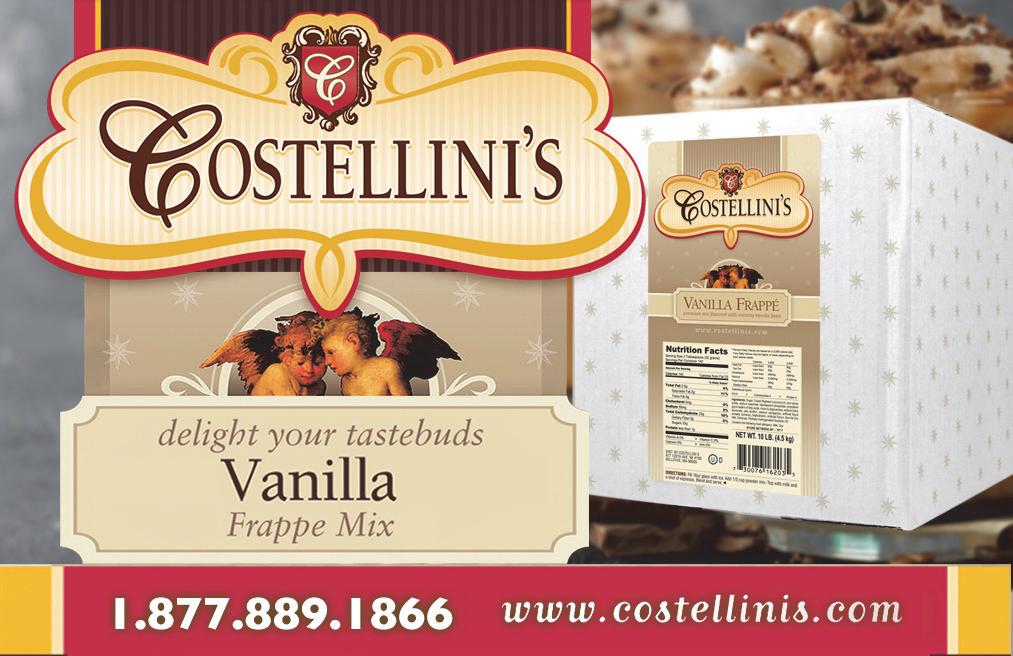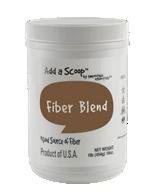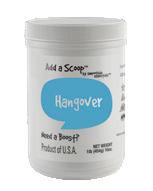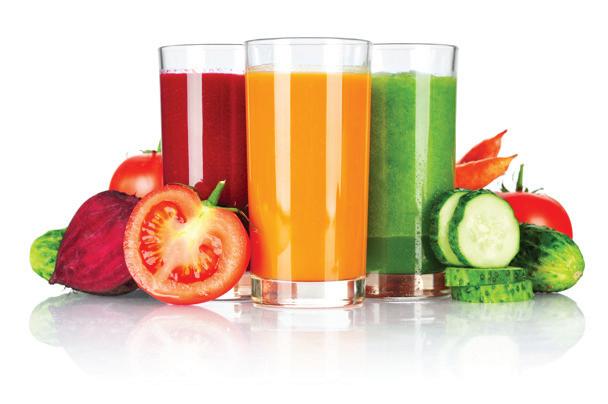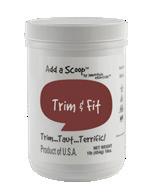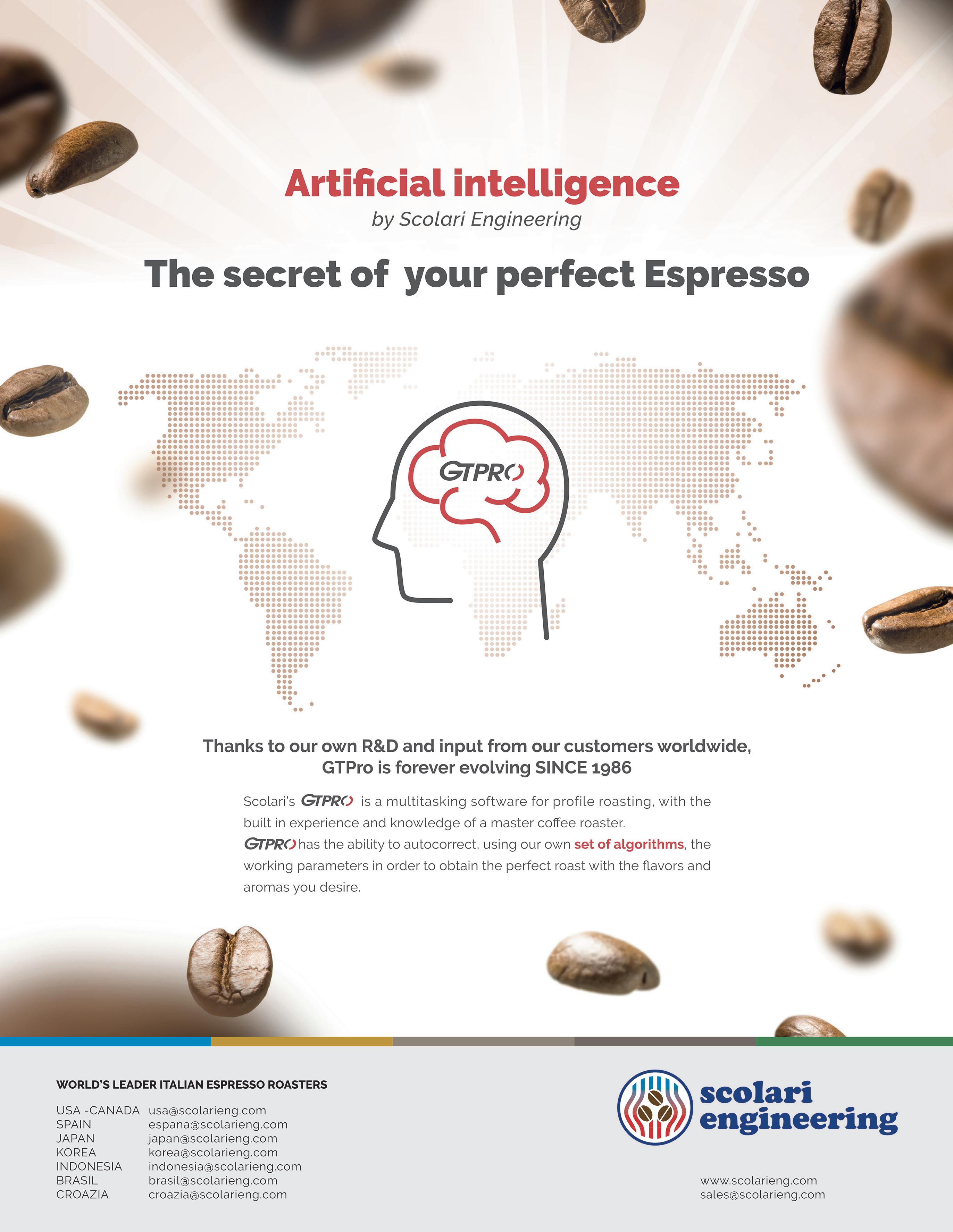THIS MONTH: COFFEE HISTORY & EVOLUTION

SPRING ISSUE 2024 | Vol. XXXVII No.2

THIS MONTH: COFFEE HISTORY & EVOLUTION

SPRING ISSUE 2024 | Vol. XXXVII No.2






DISCLAIMER
CoffeeTalk does not assume the responsibility for validity of claims made for advertised products and services. We reserve the right to reject any advertising. Although we support copyrights and trademarks, we generally do not include copyright and trademark symbols in our news stories and columns. CoffeeTalk considers its sources reliable and verifies as much data as possible. However, reporting inaccuracies can occur, consequently readers using this information do so at their own risk.
POSTMASTER Send address changes to HNCT,
SUBSCRIPTIONS
The cost of a subscription in the U.S. is $47.50 per year; in Canada, the cost is $72.00. Free to qualified industry professionals. Non-qualified requests may be rejected. Publisher reserves the right to limit the number of free subscriptions. For subscription inquiries, please call 206.686.7378 x1 or subscribe online


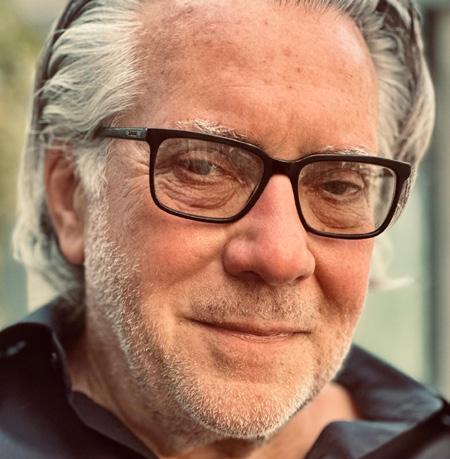
I{n writing this, I am assuming that most people understand that climate change is the biggest problem facing the human race and, obviously, coffee production is also threatened. (Sounds a little silly, huh? — Can we allow that even our coffee is secondary to a global apocalypse?)
But, as I write this, I realize that I am not sure if we're all on the same page — are we? Do all of us coffee-involved people understand that climate change is an existential threat to coffee production and to us humans, in general?
I do know one person, someone whom I admire for his business skills and acumen. I also like this person and consider him a friend. I have never spoken with him about climate change, and I suspect that he does not agree with me regarding the severity of the problem, or if there even is one, or how to deal with it. I am not writing to him today.
This is written to those of you who agree with me regarding climate change.
The most effective and constructive way to fight climate change is for all of us to band together and work for the public policies and governmental regulations that can assure us of a climate in which we might be able to survive. So, I write this post not with
the hope that I will change minds but with the ambition to remind us all, including myself, that the most important thing we can all do is to vote this fall for candidates that support the fight against climate change — the existing policies and regulations we now have are only a start. The next most critical action we can take is to encourage those we know that already agree with us to also vote.
All of our voluntary efforts as an industry are exemplary and helpful, but truly meaningful change — reversals in the levels of atmospheric CO2 and other greenhouse gases being emitted into the air — can only come through public policy and effective government regulation, both domestically and internationally.
Domestically, for Americans, this means, specifically, we need to vote this fall. One presidential candidate has promised to support and initiate legislation and regulations that will serve to slow and perhaps someday reverse climate change; the other candidate has promised to reverse initiatives that we've made as a nation and make no other efforts to stop it.
Our industry is uniquely advantaged in its ability to reach out to people because so many of us have daily, personal contact with, collectively, millions of people — to those of you making and serving coffee, they come to you for a sip of joy and rejuvenation every day, and many of
them return throughout the day. Is it time to remind those people, many of whom may not vote at all unless reminded to do so, of how high the stakes are at this point? The natural tendency is to remain apolitical in terms of our businesses, but with a cause so urgent and time so short, maybe it's time to take some risks in reaching out to the people, at least, who already agree with us but may need an extra boost to take the time and trouble to vote this fall.
If we don't slow climate change and eventually reverse it, we, those of us who may still be here, will bear witness to unprecedented human suffering and species extinctions.
Not that there aren't a lot of other issues I care about; I am sure that the same is true for anyone reading this. But there is one issue upon which human existence, as we know it, depends. We have to get it right with regard to climate change.
Finally, because I love our country, I hope that the friend I mention above will also vote, in whichever way he chooses. Our flawed but evolving democracy depends upon it. This is a desperate fight we're in, but it needs to be a fair one.
A less thoroughly edited version of this comment appeared a few days early on Tim’s Substack: Coffee Curmudgeon. For the complete archive, please see coffeecurmudgeon.com.
I'd like to thank Peter Baker, currently associated with Climate Edge, Ltd., for prompting me to write this via his public comments, although he should not be blamed for the opinions I express.




L{et's start by saying that if you haven't heard of Heather Perry and Klatch Coffee, or if you don't know about them, then you haven't been keeping up with the coffee scene in recent years. Heather Perry is truly a trailblazer, one of the early pioneers in our industry.
JENNIFER STONE: I don't want to reveal our age, but we have been in this industry for a while and have made significant progress. So, I'll just dive right into my three questions for you, Heather. You are incredibly accomplished and have demonstrated to others that they can also dare to dream and make their mark on the global coffee stage as a barista. I definitely want to discuss your coffee blends, but first, as a barista, Heather, what are some of your favorite tools or equipment that you see baristas experimenting with behind the counter or...
HEATHER PERRY: That's a tough question. Funny enough, one of the interesting things about where we are in coffee right now - and you mentioned our dabbling with equipment
- is that equipment has undergone significant changes. At Klatch, our goal is to serve our customers the best possible product. How we achieve that has evolved over the past 30 years, which is how long we've been in this business. When we started 30 years ago, we used automatic espresso machines and grinders. Not just any automatic grinders but click grinders and doser grinders. Some of you may remember those. However, we moved away from automatic equipment because we felt it hindered our baristas. If you can rely on equipment to do everything, you won't fully engage with it. So, we switched everything over to semiautomatic. We start and stop shots manually. As we became involved in competitions, our discussions about coffee and what we do expanded. We started using scales to not just measure the amount of coffee, but also what comes out of it. Now our equipment even has built-in scales. And as we explore further, we even have machines that can make camping coffee for us. So, one of the most interesting conversations we've been having over the past two years is determining the point at which technology becomes
a significant asset to my team rather than just detracting from their skills.
HP: The PourSteady was a fantastic addition to our team. It was the first significant technological upgrade where we replaced a task that team members used to do with a machine that could do it better. This allowed our team to prioritize engaging in meaningful conversations about coffee, which is what coffee and conversation are all about for us. Overall, it has been a tremendously successful addition to our coffee shops. We still have baristas who enjoy making pour-overs and appreciate the manual process, but the introduction of pour-over stations has been well received. Now, we're exploring similar advancements in the realm of espresso. I'm not sure if you noticed, but at the recent World Barista Championship, there was a competition where participants used automatic espresso machines sponsored by Eversys as the official equipment.
We had a discussion with the Coffee Quality Institute (CQI), and they used these super-automatic machines


JUNE 19-20 2024

The Grounds for Health Coffee Auction rallies the coffee community to support women’s health services in coffee-growing countries. 100% of the proceeds from this event go directly to support Grounds for Health. What is it?How can I get involved?
We welcome green bean donations from producers and importers. Then, roasters and retailers bid online during the live auction. Contact our Auction Manager, Justin, today for more details justin@groundsforhealth.org
www.gfhauction.org
Continued from page 8
to showcase the Cup of Excellence coffees at the World of Coffee event, highlighting the intersection of technology and baristas. At what point do they overlap? I strongly believe that with this type of equipment, you get what you put in. We currently have some excellent equipment available, but even so, if you think you can create a great product without proper training, you're mistaken. Even with great equipment, without training, you won't consistently deliver a high-quality product. I firmly believe that if you're going to use these tools to enhance your skills, you still need to invest the same amount of effort to achieve excellent results.
However, if the idea is to solely rely on technology to produce great coffee, I disagree. Biology doesn't work that way. You can't just rely on the machine to produce a great product. So, it's a long answer, and I probably didn't provide a direct response, but we're currently testing out some PUQ presses or similar tools in our cafes. We're installing them this week to see how we like them. I think there's an important discussion about the physical demands of being a barista, so we will strive to find a balance for our team members. Tamping and performing these tasks hundreds of times a day can take a toll. There's a tool that can help our team with that physical burden, but it's important to consider if it brings us closer to the coffee or distracts us from other aspects that we enjoy. I don't believe there's a tool that can solve everything. It's really about how technology intersects with our daily work. Right
now, I find home machines and the machines behind our bars to be the most interesting developments.
I think it's interesting because if you talk to the older generation or even just 10 years ago, the idea of using an Eversys or an automatic espresso machine would have gotten you shunned from the industry. So, it's a total 180 that has happened. That's what's really interesting about the conversation. I can argue it both ways, and it's fascinating that it's a thing. We had a customer come in the other day and they were watching our Baristas and they were like, they got it all dialed in, and I was like, yeah, that's the idea. But I remember when that first came out, and everybody was like, what? They're not even doing anything. So, it's a very different conversation than it was 10 years ago. I'm curious what that conversation looks like 10 years from now.
JS: Yeah, that leads me to my next question too because I feel like the industry has evolved so much since the last time we saw each other. Obviously, there was a global pandemic in between, and it's changed things a lot. But what do you think are the biggest changes you've seen in the industry and how do you think they've impacted coffee as a whole?
HP: Well, it's interesting that you say that because we were actually just talking about this. We were at a staff meeting yesterday and we were discussing how things have evolved over the past 30 years that we've been doing this. Honestly, with every new introduction, it always
made us a little nervous. But then you go, "Oh well, that's actually not that bad." It's funny because when you look at where we were 30 years ago compared to now, the evolution of technology, green coffee buying, and coffee culture itself, it's remarkable.
So, what's really interesting now is that coffee shops have become more than just places to get coffee. We're currently working on a couple of new cafes and we've also been experimenting with ice cream. We recently added a Soft Serve machine to one of our cafes, and it's amazing to see people coming in not just for a cup of coffee, but also for a scoop of ice cream. They're hanging out, working, and having conversations in the cafe. It's not just a place to grab a cup of coffee and go. That's what I find really interesting about the evolution of cafes and coffee culture. It's not just about coffee anymore. It's about the space, the vibe, and what you can do in it. It's fascinating to see how it has evolved.
JS: Yeah, I totally agree. You've always been great at this, so it's awesome to see that you're still pushing the boundaries. Who knows what will happen in 10 years, but it's exciting to watch and see what unfolds.
HP: Absolutely. We're thrilled about what we have in store. We have some exciting projects in progress and we're eager to see where they go. Sharing knowledge is a big part of what we do at Klatch. We love to share the expertise we've acquired over the years. Thank you for asking the questions and giving me the opportunity to share my knowledge.




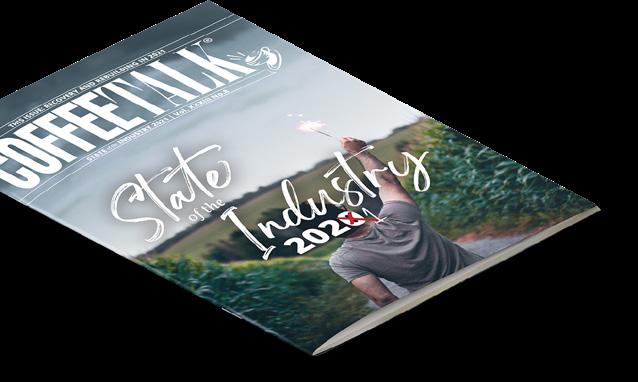






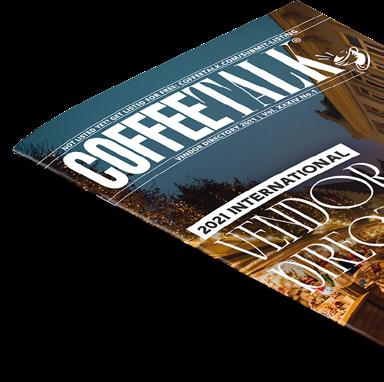








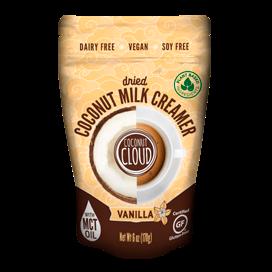

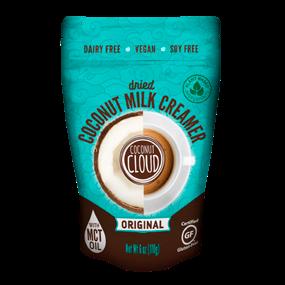





www.coconutcloud.net





For a decade and a half there has been the Q Grader system. It is used worldwide to evaluate green coffee samples and create a common language of Quality in Specialty coffee.
Lexicon Wheel. Questions arise from the marketplace. “Do we need two wheels?” “Is the new replacing the old?” “Is one better than the other?” Let’s examine both tools and try to answer these questions for the industry.
This system uses the ‘Original’ Coffee Tasters Flavor Wheel. Recently the SCA has initiated a new way to evaluate coffee using the Coffee Value Assessment (CVA) tool. This system looks to use more refined sensory science in coffee evaluation. It relies as a central component on the ‘New’ Flavor Wheel, often referred to as the
Coffee flavors are created somewhere. It might be when coffee is growing, or it could be when the coffee is roasted. Off flavors could be created in harvesting, or post-harvest processes. The flavor wheel was designed to not only give flavors and defects ‘names’ but to help figure out how they came into existence.
Knowing that Flavor is the combination of Aromas and Tastes, the wheel set out to segment flavors into groupings useful for product improvement. This produced two wheels – one for the positive attributes and one for the negative ones.
The attribute of Fragrance / Aroma, Flavor, and Aftertaste are judged both in intensity and complexity and use the Flavor Wheel to help describe the experience in a useful way. Flavors and aromas were broken into 4 main groupings based on where they were created in coffee: Enzymatic, Sugar Browning, Dry Distillation and Aromatic Taints.
With nearly 10,000 Q Graders in the world, a common language and tool has been created. Within a few points one can determine whether a coffee is specialty or not and further whether it is low, medium, or high specialty. It certainly can answer the question, “Is this Specialty: yes or no?”. For a coffee producer, this was a very important question. It made the industry much more efficient and ‘fair’.




Continued from page 12
SCA has created the Coffee Value Assessment tool. At the heart of this system is the new “Lexicon” Flavor Wheel. The wheel has two large bodies of research behind it. Sensory science and Lexicon Science. All of the descriptors used on the flavor wheel have a basis in the Lexicon developed in the previous research. Using the wheel can facilitate calibration on experiences more easily than previous tools.
To understand the wheel fully, it is necessary to understand the CVA tool. The operating premise of CVA is that a coffee with more attributes will be of higher value to someone looking for those attributes. The tool is designed to identify the type, and sometimes intensity, of attributes based not only on the cupping experience but also with a coffee’s extrinsic characteristics. The flavor wheel is used for assessment of the DESCRIPTIVE attributes during cupping. The assessment form for this task uses check boxes to indicate any attributes from the center section of the flavor wheel and a few more from the next ring as well. There is no ‘judgement’ made of these attributes of being ‘good or bad’, it just acknowledges the existence of the experience.
The CVA is new. The Flavor wheel has been around for a couple of years. The flavor wheel has been taught by SCA and has been getting feedback to improve the tool. People are now familiar with it. A second wheel also creates some confusion of whether it is supposed to replace the Coffee Tasters Flavor Wheel or be something separate. With the creation of the CVA, the Lexicon wheel has a clearer purpose.
If the wheels are simply stand-alone tools, then probably not. If the wheels are part of their respective coffee evaluation systems, then yes. Q-Grader works best with the Original wheel. CVA works best with the Lexicon wheel. These are two tools designed to tell you something about the quality and value of coffee. In Q Grading the Original wheel helps to communicate where certain flavors come from, and that information is used to communicate how to improve quality. In the CVA system the Lexicon Wheel helps sellers communicate more clearly what the coffee is and why it has the value it does.
It remains to be seen. It is the stated direction that The Lexicon Wheel is the tool used for coffee valuation and
that it is more relevant than the older wheel. It is the position of SCA that CVA is the way forward and will discontinue the Q-Grader system. They currently say that CVA is just another tool, but that is so people will learn it and not feel threatened. They fully intend that CVA is the new industry tool, and that Q-Grader goes away. This is unlikely to happen because the Q-Grader is ubiquitous and helps trade ALL levels of specialty coffee. It is an efficient tool for Quality level discovery. The CVA is an excellent tool for locating the highest value for a coffee. Not all coffee, in fact most traded specialty coffee, does not need this granularity. It is likely to be a niche tool rather than an industry standard.
IS ONE BETTER THAN THE OTHER?
If we are just talking about the wheels themselves, The Lexicon wheel seems to be a superior product in that so much sensory science went into it. It is hard, however, to answer this question without looking at their use in the Gading systems they were designed for. It would be nice to see a merger of the two systems. There is a pretty good intersection in identifying attributes and quality using the Q Grader system augmented with the Lexicon wheel CATA boxes. Then, if necessary, adding the component of the Extrinsic Attributes covered in the CVA will add an additional dimension to value.
Franke 35.98245,-86.51994
MYTICO RECOGNIZED IN 2024 KITCHEN INNOVATIONS AWARDS
Franke Coffee Systems Americas’ Mytico Due is a featured recipient of the 2024 Kitchen Innovations (KI) Awards and will be showcased at The National Restaurant Association Show taking place May 18-21 at the McCormick Place in Chicago. The KI Award program recognizes exceptional equipment and product innovations that elevate foodservice operations and contribute to industry progress. Franke Coffee Systems, a global leader in coffee solutions, developed the new BeyondTraditional product category to raise the bar for professional coffee-making. The new category was developed to go beyond industry standards - with evolving market trends and consumer demands top-of-mind. Mytico Due is the first product from its Mytico product line to launch in the U.S. market. It was crafted to empower foodservice professionals to adapt to the evolving food & beverage industry, catering to the surge in coffee consumption, labor challenges, and exceeding consumers' expectations for exceptional coffee experiences outside the home.
{ franke.com }
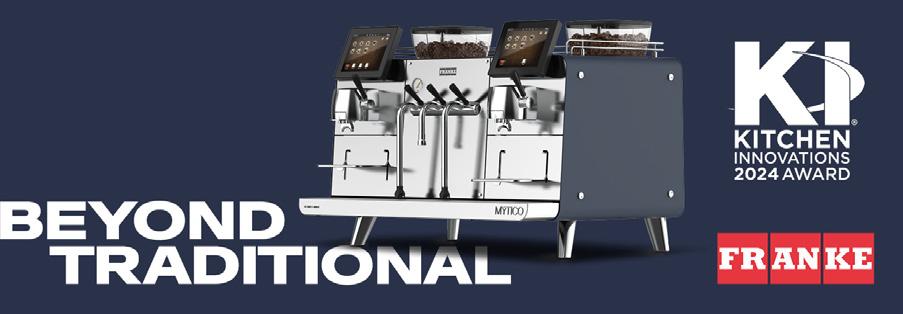
PRIMERA ANNOUNCES AP380 LABEL APPLICATOR
Primera, a leading manufacturer of specialized digital printing equipment, today announced its new AP380 Label Applicator. This state-of-the-art applicator is designed to streamline the label application process on round or cylindrical containers, offering increased speeds and new features. The AP380 Label Applicator boasts a host of features that make the labeling process faster and more efficient. With approximately 30% faster speed than Primera’s AP360/362 label applicators, it ensures labels are applied swiftly and accurately, providing a seamless finish on a wide variety of containers. The inclusion of an all-new label liner rewinder further optimizes operations by keeping the waste liner material off of the floor and winding it into a roll for easy disposal.
{ primera.com }

